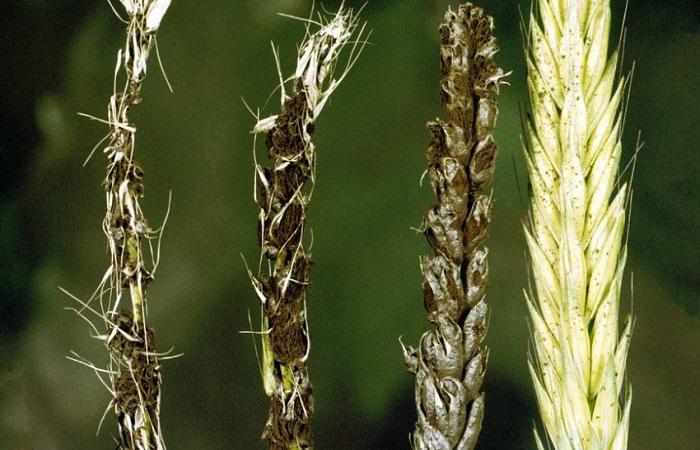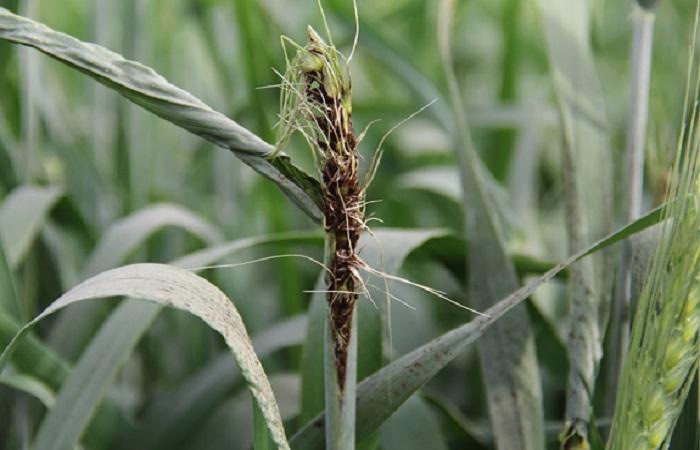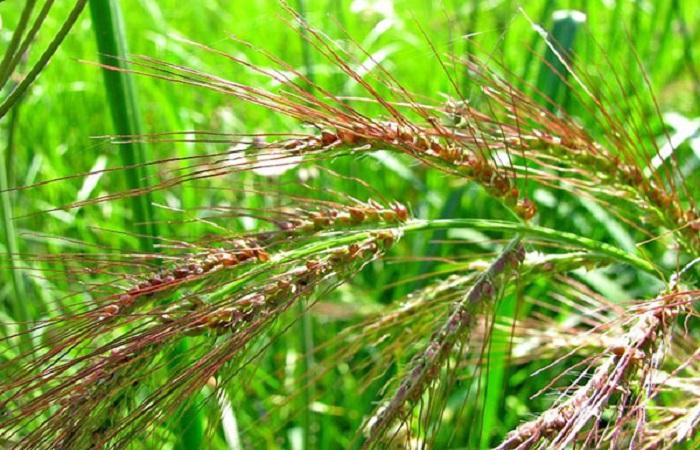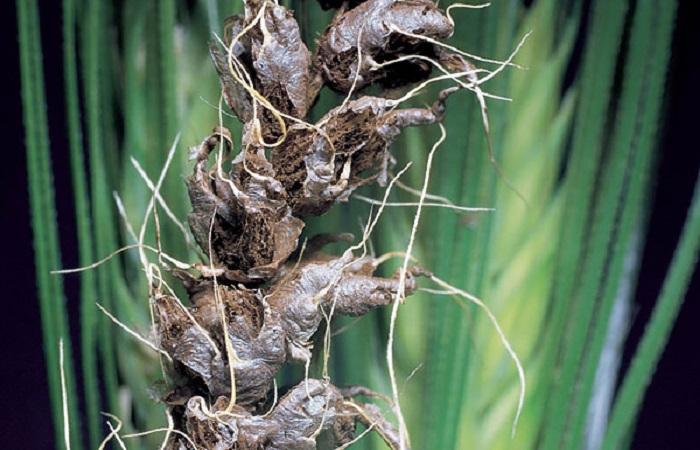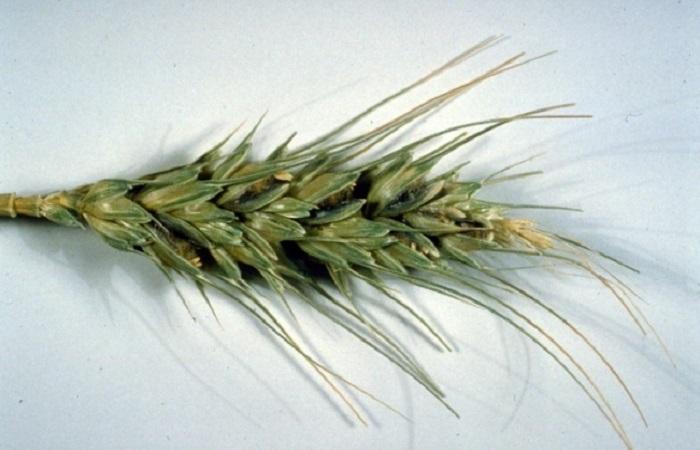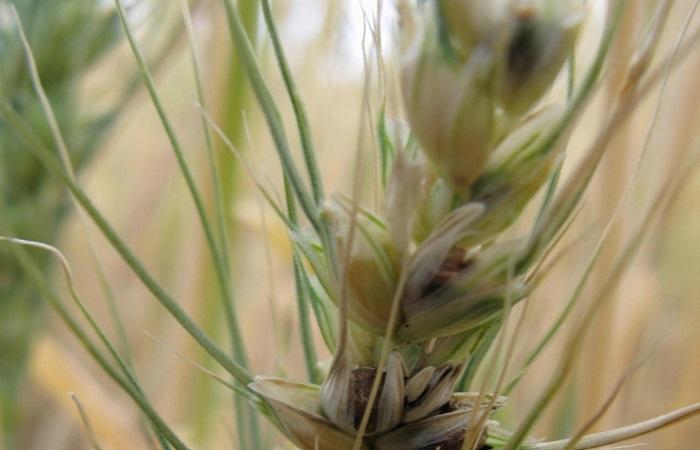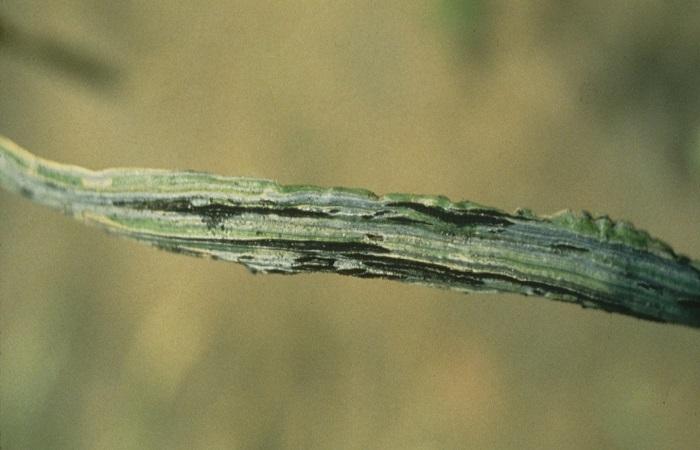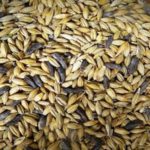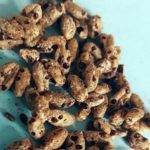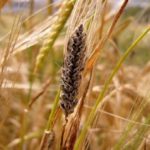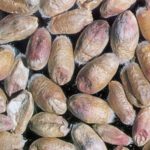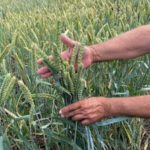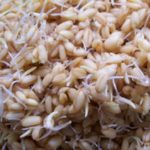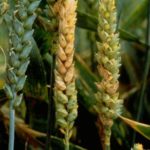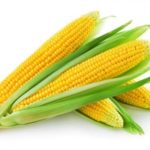Smut diseases of cereals are widespread. Let's consider a description of one of the types of disease - durum smut of wheat, the causes of its occurrence, the main symptoms, and types of the disease. How to fight the disease, what methods to use. Is wheat grain infected with smut allowed for use, what prevention methods should be used to prevent infection of crops.
Description of the disease
The causative agents of smut are several species of basidiomycetes of the genus Tilletia, which differ in the morphological characteristics of teliospores.The signs of damage to cereals are the same.
The Tilletia caries Tul mushroom has become widespread in central and western Russia. The species includes several forms and races that infect certain types of crops. Another species, Tilletia laevis Kuehn, is common in southeastern Europe, Western Siberia and Central Asia. The species Tilletia intermedia Gassner is found in the Caucasus and Moldova.
Smut is considered a very harmful disease; it mainly affects soft varieties of crops. The causative agents of the disease develop in 2 stages. The basidial stage begins with the germination of spores in the soil and the formation of basidia, from which infectious hyphae are formed. Having reached the seedling, they spread throughout the plant, penetrate the stems, leaves, and then into the ears. Favorable conditions for the development of spores are created at a humidity of 40-60% and a soil temperature of 5-10 °C.
Causes
New cereals are affected by spores if the predecessor was infected wheat. Appearance condition: no more than 2-3 weeks should pass between plowing and sowing.
The source of infection for grain is agricultural equipment, seeders, containers if they have been exposed to spores and have not been disinfected. Severe smut infestation is observed with early sowing of spring wheat and late sowing of winter wheat.In this case, plants partially die at the seedling stage, and the density of crops decreases.
Symptoms
Signs of smut in intense manifestation can be observed at the stage of milky ripeness, at its beginning. Infected spikelets have a slightly flattened appearance, their color is bright green with a bluish tint. The flower scales are spread out; when crushed, a grayish liquid with an unpleasant odor reminiscent of herring is released from the ear, the source of which is the substance trimethylamine. Upon reaching the stage of full ripeness, the difference in the color of the spikelets is almost invisible.
In place of the grains there are dark round smut sacs. They break easily, causing spores to spill out. Heads affected by smut can be identified by the fact that they do not bend down like healthy ones, because the sacs with spores are light.
Kinds
The disease includes several types that differ in pathogens and symptoms.
Solid
Fungi attack cultivated cereals and perennial wild cereal grasses. Fungi are spread through seeds contaminated during harvesting and threshing. Plants are infected at the seedling stage. The development of the disease is promoted by soil temperature, which in the seed layer reaches 5-10 ° C and humidity of 40-60%, early or late sowing dates, especially in combination with cool weather, excessive deepening of seeds, thickening, growing wheat on poor or loamy heavy soils .
Dusty
The fungus only affects the spikelets. The causative agent is the fungus Ustilago tritici. A black dusty mass develops in the affected grains. Loose smut is found wherever wheat is grown; in regions with warm climates, rye is also affected.The first signs of the disease become noticeable at the heading stage. Infected plants ear earlier than healthy ones, but already at this time the ear is completely destroyed and looks like it has been burnt.
Indian
The causative agent is the Tilletia Indica fungus. Wheat seeds are affected; the fungus destroys tissue in the part where the embryo is located and along the groove. At this place a dark, dusty mass of spores appears. Due to partial damage, diseased grains do not swell, but Indian smut leads to shortening of the ear, loss of up to a third of grain volume, deterioration of its quality and the quality of flour.
Dwarf
The causative agent is the fungus Tilletia controversa J.G. Kuhn. The nature of the damage to plants resembles smut, but affects not only the ear, but the entire plant. Infects wheat, rye, wild cereals, and is found in European countries and America.
Dwarf smut leads to deformation of all parts of the plant, causes excessive tillering, and more shoots are formed on the plants than they should be - from 4 to 54 pieces. Stems and spikelets are shortened and thickened. The ears have an almost normal appearance; harsh and fragile smut sacs are formed in the grains.
Stem
The disease is caused by a fungus of the species Urocystis tritici Koern. It manifests itself in the formation of slightly convex elongated stripes on leaves and stems. At first the stripes are light, then darken and become lead-gray. The skin dries out, the strips crack, revealing dark spores underneath. Sick wheat bushes poorly, is stunted, the leaves curl, the internodes are shortened, and the ear droops. The grains remain underdeveloped or do not set at all. The yield of diseased crops can drop by 5 times.Stem smut develops in regions with warm climates on highly moist soils.
Methods to combat the disease
To destroy the disease, chemical treatment of seeds is carried out with the preparations “Maxim Plus”, “Attik”, “Dino”, “TMTD”, “Comfort”. In regions where head smut occurs, it is necessary to plant wheat varieties resistant to it and to sow on time, not later and not too early. The site must be fertilized with organic matter or mineral fertilizers to provide the plants with nutrients for normal development and strengthening the immune system.
Is it possible to use contaminated grain?
It is prohibited to use grain affected by smut to obtain flour for preparing it for human nutrition and animal feed. It contains toxic substances that cause poisoning. In animals, symptoms of poisoning include nervous disorders, problems with swallowing, unsteady gait, weakness, cramps of the masticatory muscles, and decreased sensitivity. Gastrointestinal disorders, eye and respiratory tract damage develop. In animals that have died from poisoning, hyperemia of the kidneys, brain and lungs, and the mucous membrane of the digestive tract is noted. Smut toxins have a particularly strong toxic effect on pregnant animals.
When selecting seeds for sowing, the percentage of their contamination is taken into account. If it exceeds 0.5%, the grain is not used as seed.
Preventive actions
Head smut is a dangerous fungal disease that is found everywhere. Among cultivated plants, it affects wheat and rye. Infection occurs through contaminated and untreated seeds and agricultural implements. Infection is promoted by violation of sowing dates, temperature and soil moisture favorable for spore germination. Crop losses from the disease can be significant if preventive and therapeutic measures are not taken.

